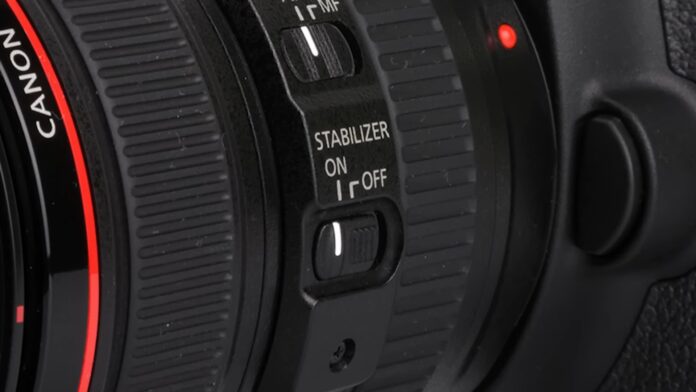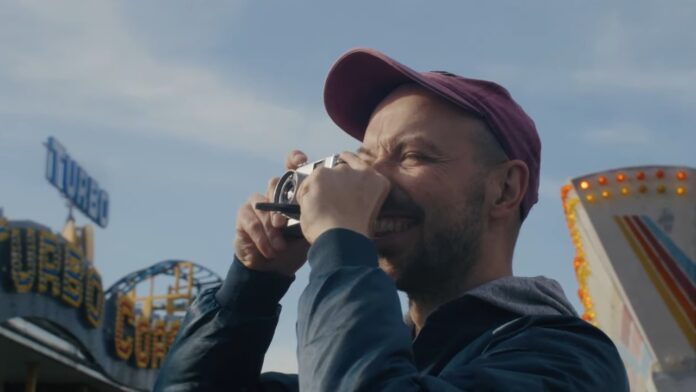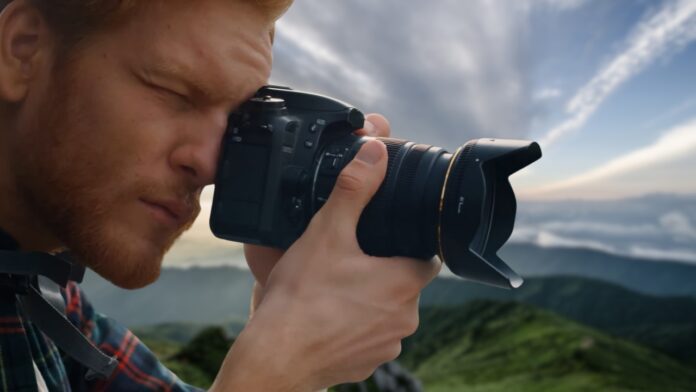Have you ever taken a photo of your lifetime only to realize that it came out blurry? You can always try capturing it again… but if your hands are shaky, then good luck capturing a clear one!
Alternatively, you can avoid this problem altogether if your camera has optical image stabilization (OIS). Yes, you heard it right. You can shake your camera as much as you want… but if you have optical image stabilization, the photo will never come out blurry.
In case you don’t know what optical image stabilization is, just read on. From discussing what OIS is to why it makes a huge difference in photography, we will try to cover each and everything in this blog. So, let us get started.
What Is Optical Image Stabilization?

Optical image stabilization is the tech feature that reduces the impact of camera shake as well as other types of blurriness caused by motion when you capture photos or videos from your cameras and smartphones.
Optical image stabilization works by combining microprocessors and sensors to first detect and then correct the movement of the camera. The result is a sharper and more stable image. Check here for more information about microprocessors and sensors.
So as you can probably guess now, optical image stabilization is crucial for any photographer who wants to capture high-quality photos and videos, especially in low lighting.
It can also be helpful when you use telephoto lenses with long focal lengths… because in such a case, even a teeny tiny camera shake can lead to a drastic impact on the picture clarity.
How Does It Work?
Optical image stabilization is a mechanical technique employed in modern cameras and smartphones to stabilize photos by adjusting the optical path of the image sensor.
As mentioned earlier, optical image stabilization works by combining microprocessors and sensors to first detect and then correct the movement of the camera. Let us now discuss it in a bit more detail.
The optical image stabilization technology employs sensors in either the camera body or the lens itself. There are two main ways for optical image stabilization in compact camera modules: lens shift and module tilt.
As the name suggests, the first way involves changing the position of the lens, while the second involves adjusting the location of the module itself. Both approaches do the same thing… which is to reduce the effects of camera shake as well as all other forms of motion blurriness.
When the image stabilization sensors detect any sudden movement, they move the optical elements in the camera by the motion. As a result, the motion effect is corrected to a greater extent.
Optical image stabilizers use a gyroscope for detecting camera motion. The sensor causes the optical elements to move in the opposite direction of the unintended movement to compensate for and negate (correct) it.
Other Types of Techniques

Digital image stabilization (DIS) is another type of image stabilization. It relies on software and computer algorithms to crop and resize the image, remove blurry pixels, and stabilize/ correct the image. DIS has its pros and cons… and we discuss it shortly.
Some camera manufacturers use hybrid optical image stabilization as well. It combines traditional/ mechanical optical image stabilization with digital stabilization to ensure even greater stability in case of any unintended movement. Consequently, even the most extreme of camera movements can be rectified.
Which One Should You Choose?
If you’re a beginner, it is natural for you to wonder which image stabilization technique you should use. Let us compare and contrast all three image stabilization techniques (optical, digital, and hybrid) to help you choose.
| Optical Image Stabilization | Digital Image Stabilization | Hybrid Image Stabilization | |
| Types | Sensor-shift, lens-shift | Software-based | Combination of optical and digital |
| Working principle | Moves the sensor or lens elements to compensate for camera shake | Crops and resizes the image to remove blurry pixels | Uses both optical and digital methods to stabilize the image |
| Advantages | More effective at stabilizing images with long focal lengths or slow shutter speeds | Less expensive and easier to implement | Provides the best of both worlds |
| Disadvantages | Can be more expensive and heavier | Can reduce image quality | Can be more complex and expensive to implement |
| Best suited for | Photography, and videography, especially with long focal lengths or slow shutter speeds | Cinematography, still photography, especially with short focal lengths or fast shutter speeds | Photography, videography, especially with a wide range of focal lengths and shutter speeds |
| Availability | High-end cameras, smartphones | All cameras | High-end cameras, smartphones |
Since hybrid image stabilization combines both optical and digital stabilization, it is understandably superior to both techniques… and must always be preferred, unless you have budget constraints (which you’d probably have when comparing it with the other two options.
Leaving the hybrid option aside, when it comes to choosing between optical and digital stabilization, the former is usually considered to be more efficient. It is due to its ability to enable physical adjustments to the lens that results in sharper and clearer images.
This explains why almost all high-end cameras have either optical or hybrid image stabilization… and not just digital stabilization.
Final Words

If you want to capture a moment or create a movie that’s visually appealing for everyone, you need to master lights, camera, action, and everything in between. While people associated with digital cinematography focus on all things, image stabilization is what they focus on the most.
Image stabilization not only aids in setting the right mood and tone, but it also helps depict true feelings and capture real moments. In simple words, image stabilization is what differentiates a good photo/ video from a bad one.
In this blog, we tried to explain what optical image stabilization is, how it works, why it makes a huge difference in photography, and how it fares with its alternatives. With that said, we will end our discussion. We hope we were able to add something to your info… and that you enjoyed reading this blog!




